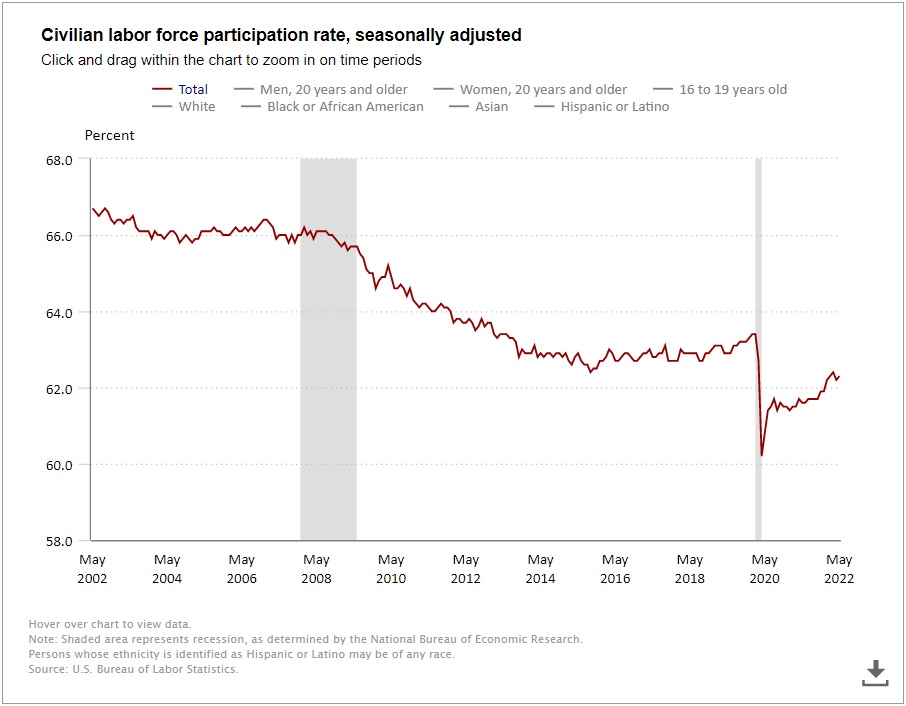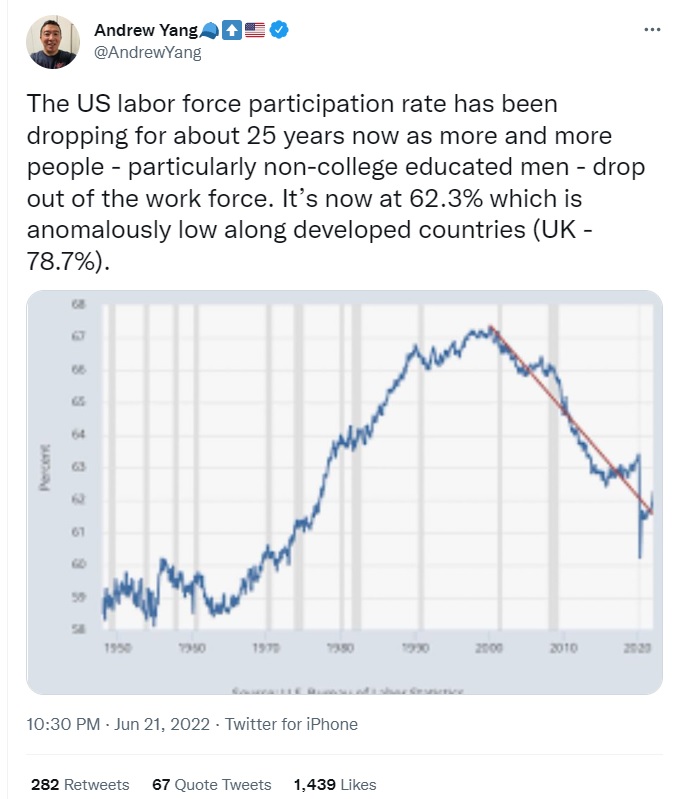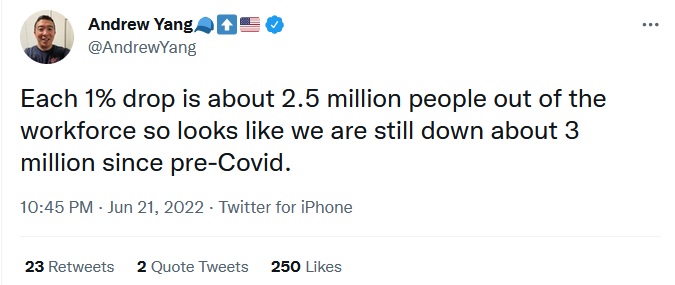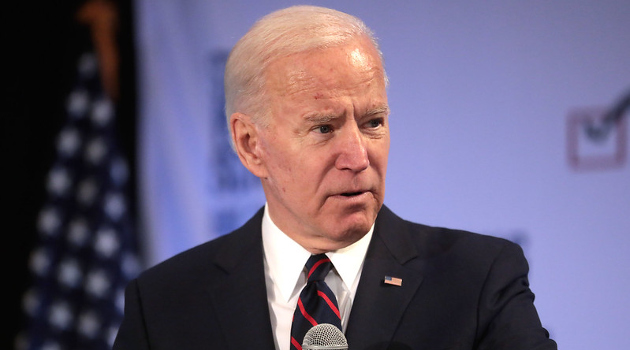I’ve long argued that it’s generally better to focus on employment rather than unemployment when assessing the health of the job market, and I had a chance to pontificate on that topic for Labor Relations Radio.
Sadly, labor force participation numbers weren’t good under Obama and they improved only marginally under Trump.
And, as you might expect, the numbers are not good under Biden.
Courtesy of the Bureau of Labor Statistics, here is the data on the labor force participation rate.
As you can see, the numbers were declining for much of this century, but then began to improve before falling off a cliff because of the pandemic.
For purposes of today’s column, it’s rather troubling that the labor market has not bounced back to where it was before coronavirus wreaked so much havoc.

The Employment-Population Ratio, also from the Bureau of Labor Statistics, tells a similar story.
There was a big drop at the end of the Bush years and start of the Obama years, followed by a gradual recovery that was short-circuited by the pandemic.
Sadly, we have not come close to recouping those losses.

By the way, there are some folks on the left who recognize this problem.
Andrew Yang recently tweeted about the drop in labor force participation.

And he had a follow-up tweet pointing out that every one-percentage-point drop in labor force participation translates into 2.5 million fewer people being employed.

Is he right?
Well, let’s look at another chart from the Bureau of Labor Statistics.
As you can see, total employment today (158.4 million people) is not even back to where it was before the pandemic (158.9 million people).
And we would need a couple of million more jobs simply to get back on the pre-pandemic trendline.

To be fair, I don’t think Biden is fully responsible for the sub-par numbers. We probably would not be back to the pre-pandemic trendline even if we had good policy from Washington.
That being said, Biden is making a bad situation worse. His so-called stimulus was a net-job destroyer.
I’m sure additional red tape also is hindering job growth. Moreover, the threat of higher taxes surely isn’t helping.
The bottom line is that we need more people working, but that probably won’t happen unless we get government out of the way.
P.S. If you want technical definitions, here’s how the BLS defines the above terms.
- The labor force participation rate. This measure is the number of people in the labor force as a percentage of the civilian noninstitutional population 16 years old and over. In other words, it is the percentage of the population that is either working or actively seeking work.
- The employment-population ratio. This measure is the number of employed as a percentage of the civilian noninstitutional population 16 years old and over. In other words, it is the percentage of the population that is currently working.
P.S. If you want a humorous take on labor economics, I recommend this Wizard-of-Id parody, as well as this Chuck Asay cartoon and this Robert Gorrell cartoon.
———
Image credit: Gage Skidmore | CC BY-SA 2.0.

